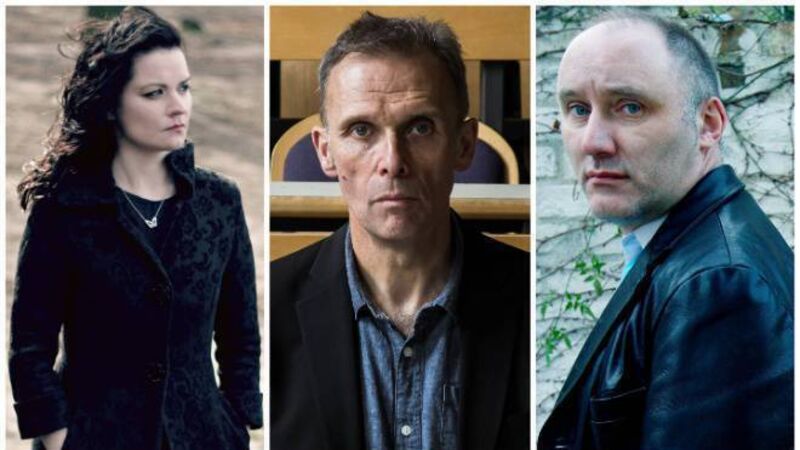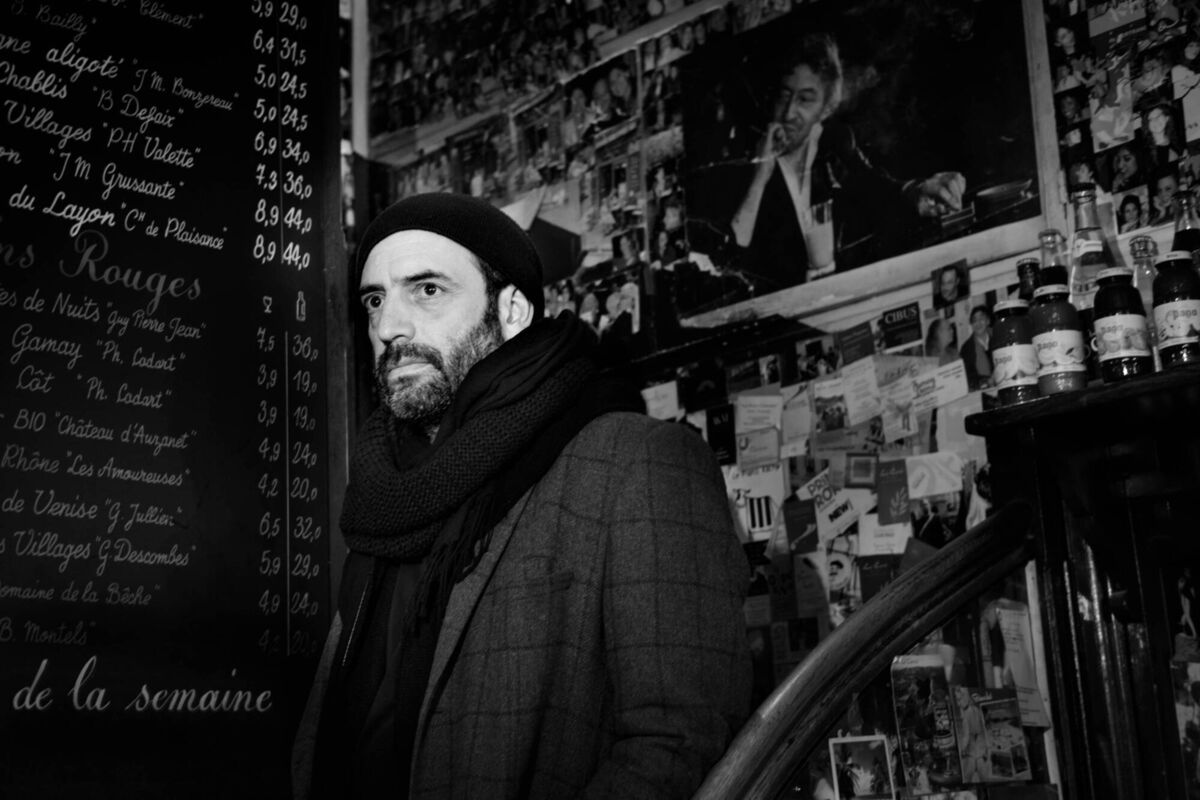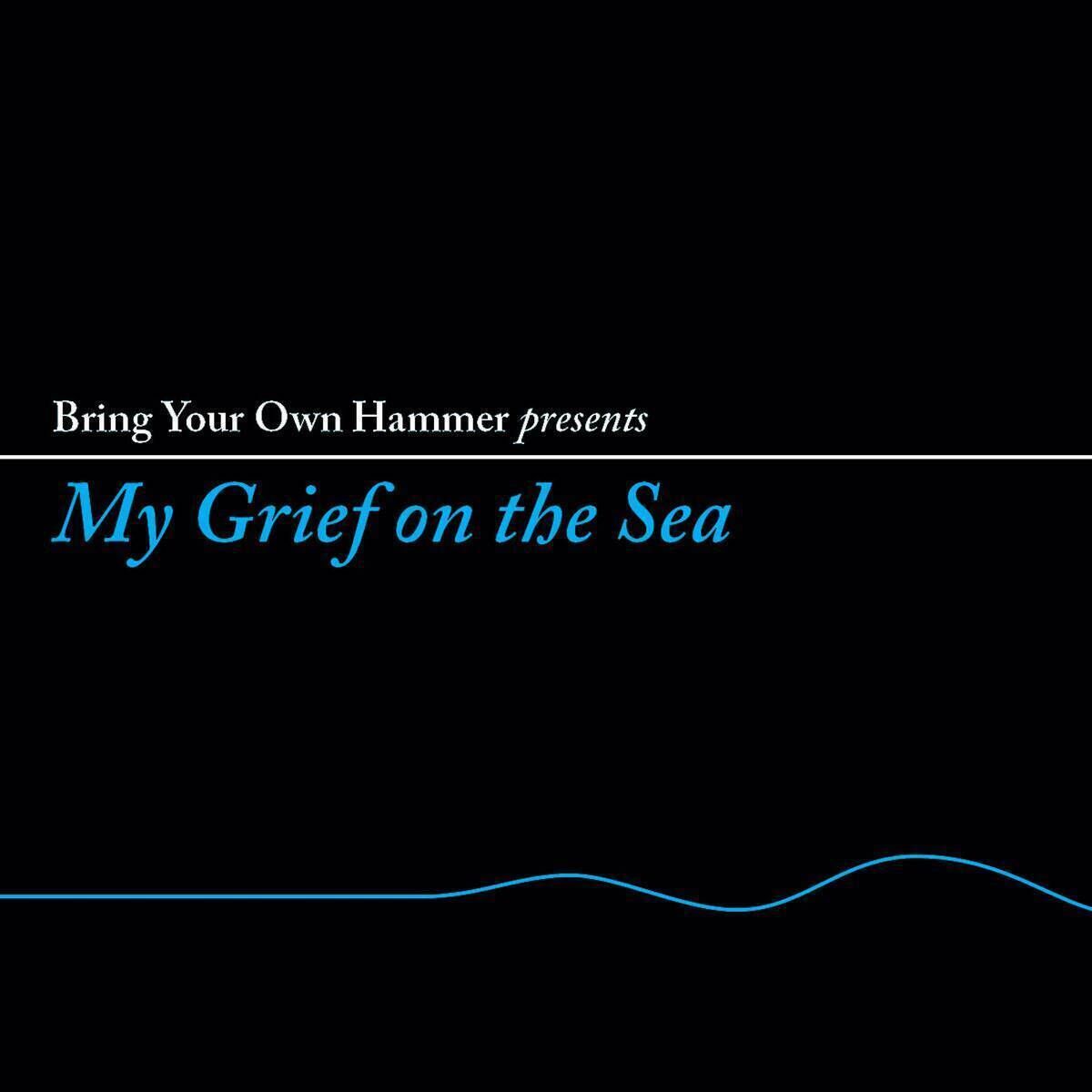Bring Your Own Hammer: Musicians and historians unite for unique project

Linda Buckley, Cathal Coughlan and Jah Wobble are among those who were involved in the Bring Your Own Hammer project
Bring Your Own Hammer is a collaborative project bringing historians and composers together to create new song cycles based on historical sources. My Grief on the Sea, an album on the theme of sea journeys and migration to and from Ireland in the nineteenth century, is the first album by the group of collaborators which includes: the late Cathal Coughlan, Jah Wobble, Eileen Gogan, Linda Buckley, Adrian Crowley, Brigid Mae Power, Michael J Sheehy and Carol Keogh.
The project is the idea of Dr Richard McMahon, a lecturer in History at MIC, Limerick. “I'm particularly interested in developing the use of historical material in creative ways to engage the public, and also to extend the nature of the discipline of history,” explains McMahon.
“I’ve been doing a lot of work in the archives in Ireland, but also in North America and Britain. I was finding a lot of very rich material, but it would often be very short. So someone would turn up in the archives, very briefly, and then they would disappear again. I was struck by the potential of more creative responses to this historical material.”
McMahon, always a big admirer of Cathal Coughlan’s work, reached out to the singer. “Much to my amazement, he got back very quickly and he was very keen and he liked the idea of creating a song cycle around these small snippets in the archives where you could build up imaginative stories around them, so the project grew from there essentially.”
McMahon also contacted his old friend, the musician and former Cane 141 frontman, Mike Smalle. The project really interested Smalle and he reached out to a number of composers, bringing Linda Buckley and Tony Higgins on board initially.
It was decided that the experiences of migrants might be an interesting theme to collaborate on. “We were interested in exceptional migrants, unusual cases and that didn’t fit into the typical narratives,” says McMahon.
“At the time the group included Cathal, Jah Wobble, Linda Buckley and Tony Higgins,” explains Smalle. “Richard sent us stories about the lives’ of 10 migrants and he left it open for people to respond to that work. If somebody created something then they’d share it and if somebody thought that they could add something to it, either a vocal or instrumentation or help produce it, they would collaborate. There was a lot of sharing of ideas.”
Joining McMahon on the project are a number of other historical advisors. “We thought at the start it was interesting to have historians working with composers,” says McMahon. “Then of course it takes about five seconds to realise that the oldest form of history known to man is probably song.” The project allows the composers to flesh out the inner lives of migrants who only appear in snippets in the archives. “We wanted to make sure that the composers and songwriters feel very comfortable doing what they wanted to do with the material,” says McMahon.
“We didn’t want them worried that a professor of history is going to come along and wag his finger or tell them that’s not the correct interpretation, but that they engage with it and we can guide them.” Dedicated to Cathal Coughlan, My Grief on the Sea is just the first of a number of song cycles planned by the group. “We are working on a release on the theme of shipwrecks in the West of Ireland, there’s great material on that,” says McMahon.
“We also have most of an album on the theme of law and order, with another track from Cathal that he finished. I think there’s about 30 or 40 songs in total in the bag. If the world can handle that much Irish history, there’s lots more to come.”

The very wonderful and very sadly missed Cathal Coughlan asked if he could chat to me about a history project. I had long since formed the opinion that anything Cathal was involved in was bound to be something special. I had been researching Irish lives from that era for some time before starting work on the song, reading stories of real lives. After reading letters and accounts of the settings in which they were read aloud by the left behind (usually around a hearth with a gathering of the neighbours) a story began to grow in my mind. I realised that the reality of the abject failures and crushing disappointment was almost too much to take on, so instead the song is built around this utopian facade that the letter-writer was creating. In the end I just placed two words ‘Bitter Tears’ by way of the real truth momentarily breaching the gilded and rosy haze. There is something subversive about an almost cheery whistle-able tune that carries something significantly dark within it.
Taking inspiration from real historical sources seemed intriguing. I was also interested in the theme of emigration that runs throughout this project, where so much music and song has been based on the leaving of one’s homeland, and the sense of loss that can come with that. Cathal and I would send ideas back and forth. I responded to his initial sketch of the song by adding layers of my own vocals and string harmonies. There is a kind of melancholy to the song that I leaned into, and it felt quite instinctive to widen out the sound of it. Cathal uses haunting imagery of cholera and apparitions and capturing that atmosphere was in my mind. Cathal was this iconic figure who forged his own path in music, and it was inspiring to see someone from my home place of Cork make such a mark on the world.

There’s a reproduction of the Dunbrody famine ship moored in New Ross, I found the ship’s manifest that had a list of passengers for one of the sailings in 1849 and on it were two young women by the name Keogh. I imagined that they were two sisters or two cousins and they’re setting off and escaping this country. We know that they landed in New York, anything could have happened at that point. They would have changed their names if they had married. I imagined that they might be related to me even though there was no reason to believe that. It was just a nice way to end the song and bring it full circle. It was a lovely project to be invited to be a part of.
The song is a result of reflecting on lots of the readings that Richard had sent me. I had started the track but after reading Cian T. McMahon’s book The Coffin Ship, that too became an inspiration for the piece. It’s quite contemplative, it’s trying to get across that whole idea and atmosphere of “the voyage”.

Richard sent me the lyric, which he had written himself. The music came to me immediately. I find the whole song deeply moving, when I had finished the recording and listened back for the first time, I actually started crying when it got to the line: “Let the water hold you, and dream yourself far from here”. The hopeless romantic in me wondered if it was possible that the lovers in the song never actually made it out of the water, preferring to be carried out to sea rather than returning to the misery. That image of a moment’s respite amid so much misery and starvation came to me again while watching a news report from Gaza where there were pictures of young families enjoying themselves on the beach during the brief break in the bombardment when hostages were exchanged. Seeing kids enjoying a simple pleasure in the midst of such death and devastation was heart-breaking beyond words.

- My Grief on the Sea is out now on Dimple Discs



